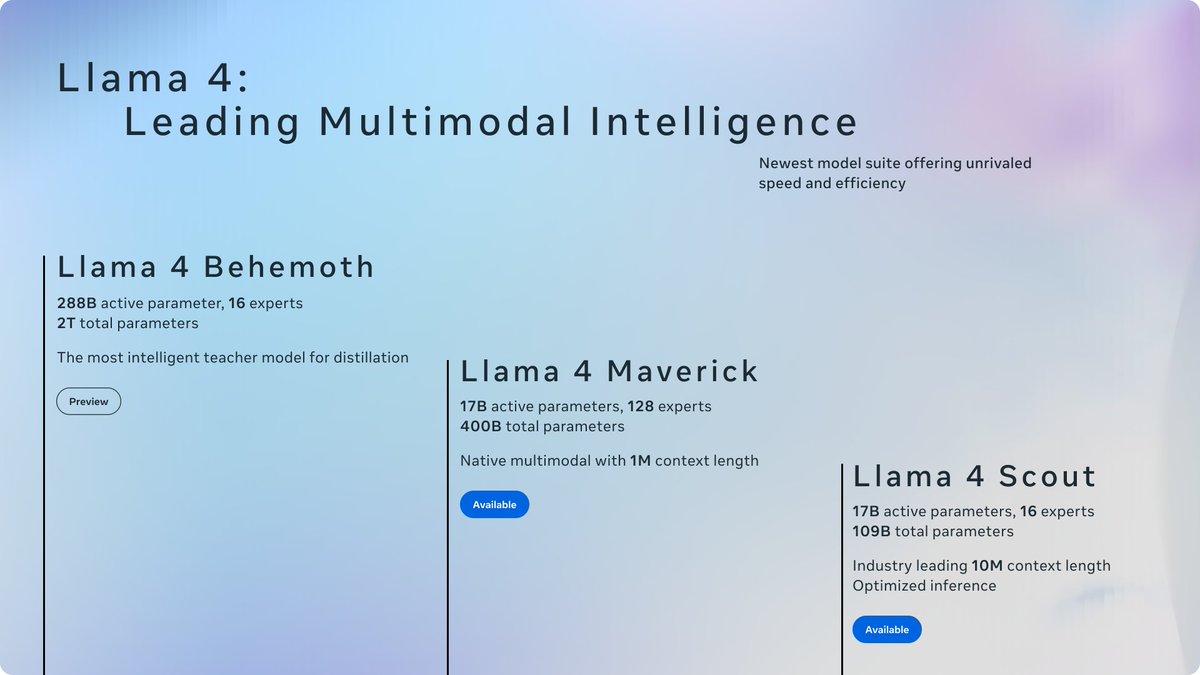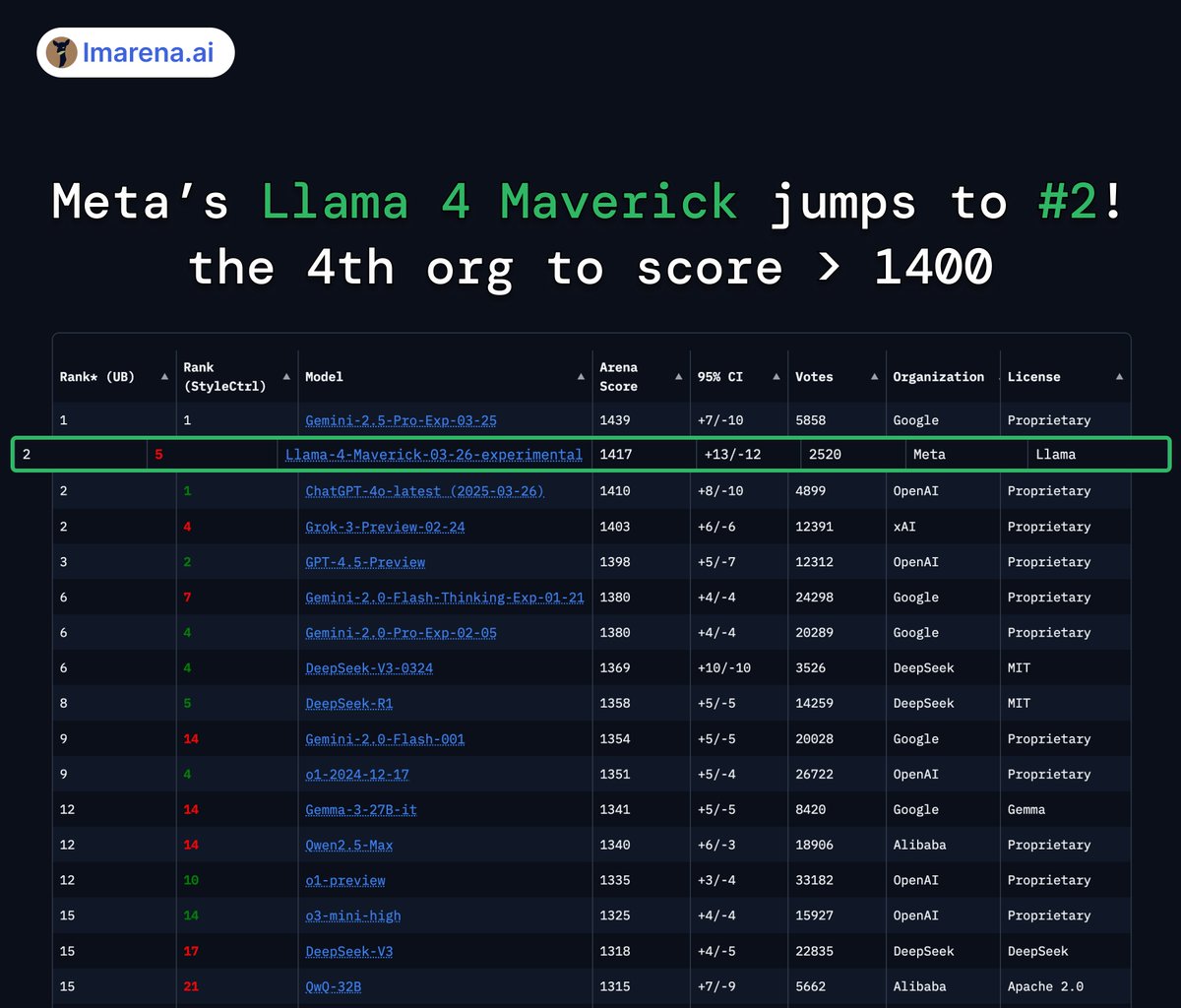
Qinqing Zheng
@qqyuzu
Reinforcement Learning, Generative Modeling @ FAIR (@AIatMeta). PhD @UChicago.
ID: 1492206962506964993
http://enosair.github.io 11-02-2022 18:41:33
52 Tweet
546 Followers
161 Following

Introducing Dualformer: a new model that integrates fast and slow thinking! By learning with randomized reasoning traces, Dualformer offers both quick response and enhanced performance with more succinct CoTs. arxiv.org/pdf/2410.09918 w/ Andy Mike Sainbayar Sukhbaatar Yuandong Tian





We share our code - excited to see what people build with this! Many thanks to Qinqing Zheng Aditya Grover Amy Zhang Brandon Amos for another fun collaboration.







Thank you VentureBeat for covering our research on enhancing reasoning with diffusion LLMs using d1. Great collaboration with Siyan Zhao , Devaansh Gupta and Qinqing Zheng .



Wow, Deeply Supervised Nets received the Test of Time award at AISTATS Conference 2025! It was the very first paper I submitted during my PhD. Fun fact: the paper was originally rejected by NeurIPS with scores of 8/8/7 (yes, that pain stuck with me... maybe now I can finally let it










